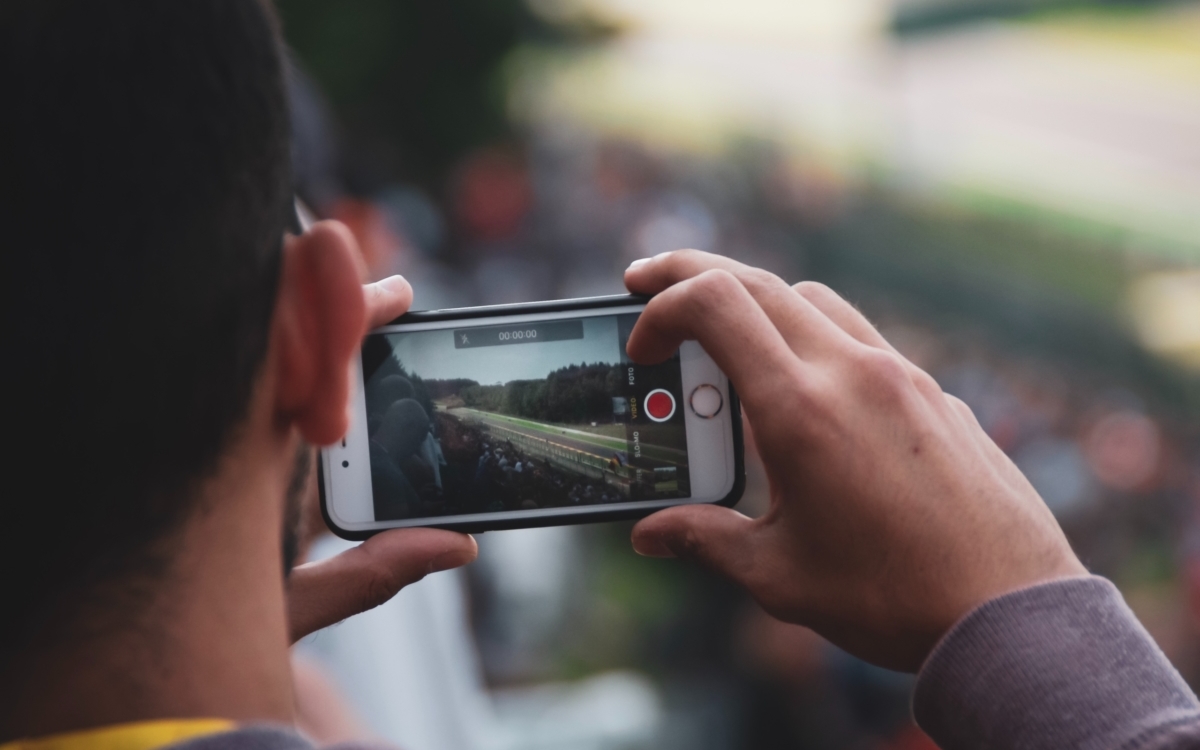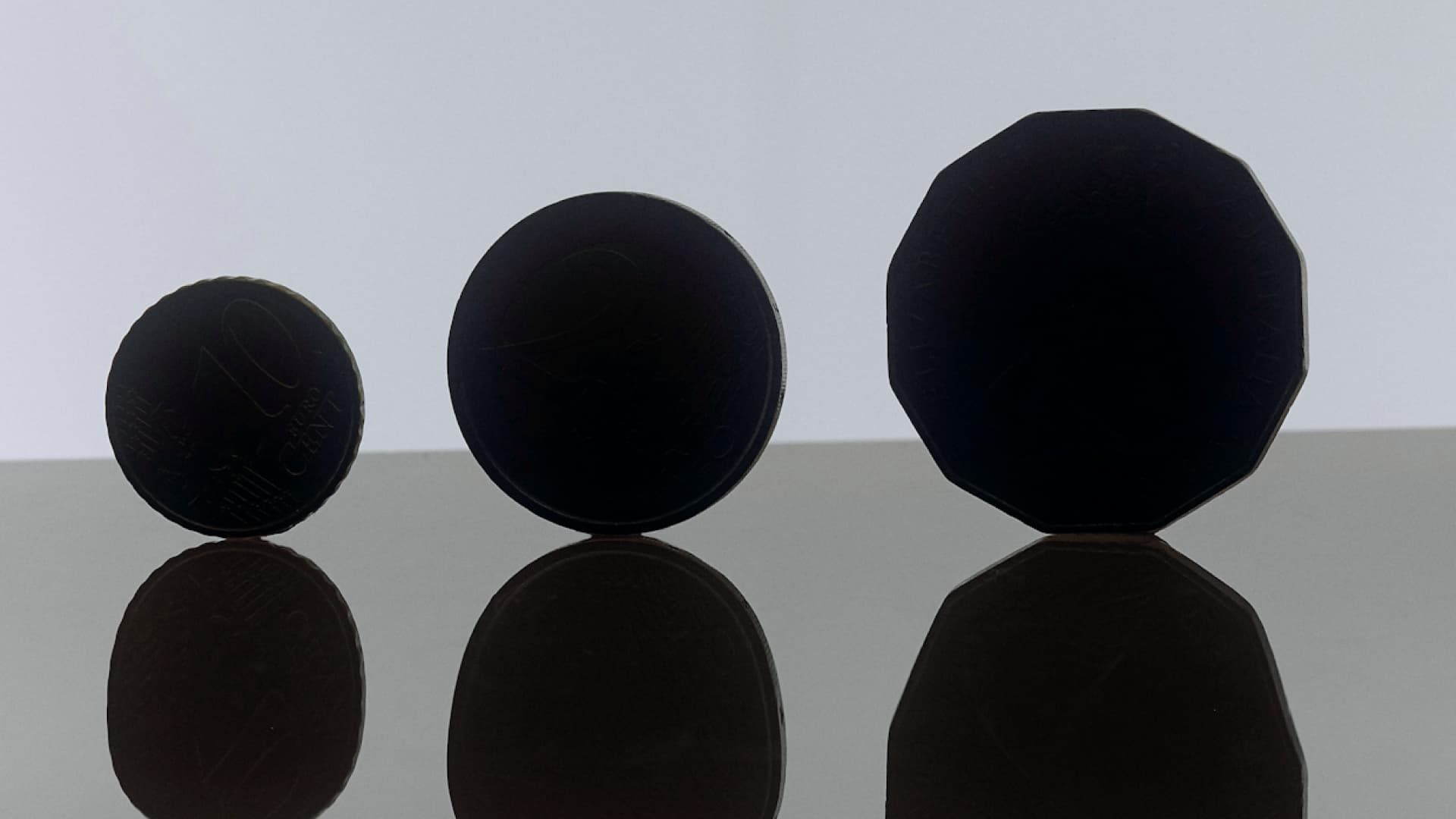Firework, a new form of video storytelling for brands?


VP of Marketing, EMEA
TikTok is taking the world by storm, with good reason, but another video startup has caught Google’s eye: Firework. Similar to TikTok, Firework is a free interactive video platform that lets users find, create and share videos that last around thirty seconds. But unlike other social media platforms, it aims to be a space for professional creators and does not have a like or comment section. The app is growing its audience quickly and both Google and Weibo (the Chinese equivalent to Twitter) are eyeing the app and the opportunities it holds. So, what possibilities does it offer brands?
The basics
Firework was created by Loop Now Technologies, a US-based incubator start-up that focuses on next-generation consumer mobile applications. It launched in September 2018 and quickly acquired over 100 million users in just five months while still in beta testing. It now boasts over three million users, most of them located in the US, and is continuing to grow quickly. In one interview, CEO Vincent Yang said the app is adding about 500,000 users per month. The app primarily attracts users via partnerships with well-known influencers who help generate awareness.
The basic layout is similar to any other social media platform; users and brands create a profile and can immediately start posting. The Homepage is where users can browse through suggested, tailored videos based on a user’s demographic information, selected interests and viewing history. By swiping to the left you can quickly go through videos and to repost a video to your feed you simply double-tap. The Discover page is where you can find various hashtags with related videos and recommended creator content. Lastly, there’s a profile page that showcases any videos you have created or reposted.
Overall, the app is aiming to attract more high-quality video content than some of its competitor platforms. CEO Vincent Yang describes the app as “a short form of YouTube”. They want to appeal to professional creators and build their reputation via well-crafted and professionally-directed video content. The company also hopes to give a voice to up-and-coming creatives and connect those people to viewers, brands and directors alike.
How is this platform different?
Though Firework is also a video content based application, it does differ from TikTok and other social media platforms in a couple of ways:
It targets a different demographic: Whilst TikTok is more geared towards teenagers, Firework is targeting 18 to 30-year-olds. The brand is catering to Millennials who are on the go and want to consume quality content, quickly hence turn to Firework for a quick fix.
The platform is focused on high-quality content: This app is not about low-quality user-generated content. Instead, it’s focusing on creating a community made up of thousands of professional creators. They intentionally choose to focus on thirty-second or longer videos to let creators truly tell a story. This creates a feeling of authenticity and trust amongst individuals which brands can be apart of if they too create meaningful content that matches their brand identity. “Reveal” feature: This is one of the USPs of the app. The now patented feature allows creators and viewers to film and watch videos in both vertical and horizontal formats, allowing for a new form of storytelling. Users can easily and seamlessly switch between both modes while watching a video by simply turning their phones. For example, brands could use a different camera angle for the end of a video to add a spicy or surprising element to their video.
How users interact: One big difference between Firework and other social media platforms is it does not have a like or comment feature. This was done on purpose as the founders did not want creators to feel pressured by numbers. At a time when many influencers are afraid of losing followers because Instagram is beta testing removing the likes option, this is a bold move for the app. But Firework puts an emphasis on creativity over popularity. This means that brands will have to rethink the usual metrics by which they measure a post’s reach and likability since the only two metrics you can currently measure are the number of views per video and the number of times it has been shared. Users and brands can still communicate, however, by messaging each other privately enabling brands to build a more intimate connection with their target audience. Lastly, for those that find creating their own content difficult, there is the option to repost a video (with the original credits). So that individuals can, instead, curate great content, and build up their feed this way.
Creator program: Individual users have the option of becoming brand ambassadors and get paid to upload content. Once approved, these select people have access to a private forum where they can communicate with other “colleagues”. Additionally, they will be assigned a representative from Firework who will help them post and curate their content. This ensures videos on the platform remain high-quality.
What’s in it for brands?
When it comes to marketing possibilities, the application, while still being fairly new, holds some promising opportunities for brands. Like all social media platforms, the app offers interactive native advertising opportunities. However, a more exciting aspect is that it could help boost a brand’s influencer marketing strategy. For starters, content creators can partner together and make videos using split-screen features. This opens up new opportunities for creators to work together and create exclusive content in a fun and engaging way for both their audiences and also brands. And if one video is a hit, you can easily share it across other social media platforms. Also, according to Yang, the app is working on multiple partnerships to enable a buy button in the future making it possible for users to buy an item they see in a video. So, for example, an influencer could post a short video review of a product and users could buy it on the spot after watching the video.
Furthermore, every week the app hosts a hashtag contest and encourages users to create related video content in exchange for cash prizes or fundraising money for a social cause. This is great news for non-profits who could use the app to fundraise money for a specific purpose. Brands can use this opportunity to partner with Firework and sponsor a challenge to increase their brand awareness and obtain free user-generated content.
Lastly, Firework also promotes consumer-to-brand interaction with their “Collab Feature” which encourages users to interact with a brand by reacting to their posts via a recorded video chat. This means brands can get immediate feedback when it comes to their content, and can further refine it. And it enables a more personal interaction and one-on-one conversations that consumers currently crave.
Is it worth the hype?
Both video content and influencer marketing are predicted to continue growing in popularity in the next three years. Firework might be a good option for brands looking to step up their influencer marketing game, specifically amongst young adults, with the app’s high-quality content but, at the same time, more personal approach. And if Google decides to add Firework to its portfolio this would allow for some cross-pollination between YouTube and Firework TV. However, it will force brands to rethink the traditional metrics used to measure the success of a post given the app’s lack of like or comments section. Firework is still a relatively new application which means it’s still testing and rolling out features based on user feedback but it holds potential.
More Insights?
View all Insights
BRAND & MEDIA • Asher Wren
Is your brand built for durability—or just quarterly earnings?

AI TRANSFORMATION • Maria Prokopowicz
One offer, 5x the revenue: AI-powered Next Best Offer

BRAND & MEDIA • Andrew Dimitriou
Home-field advantage: For brands with U.S. production, a rare window to outmaneuver the competition
Questions?
VP of Marketing, EMEA
